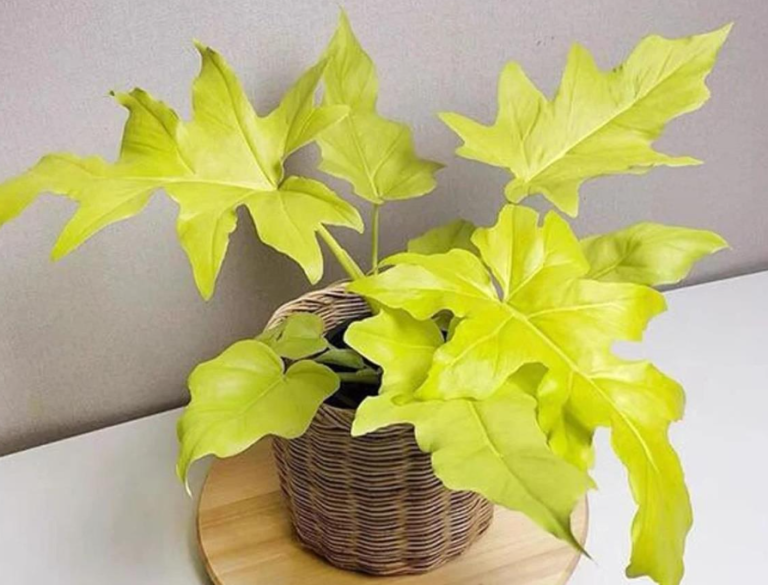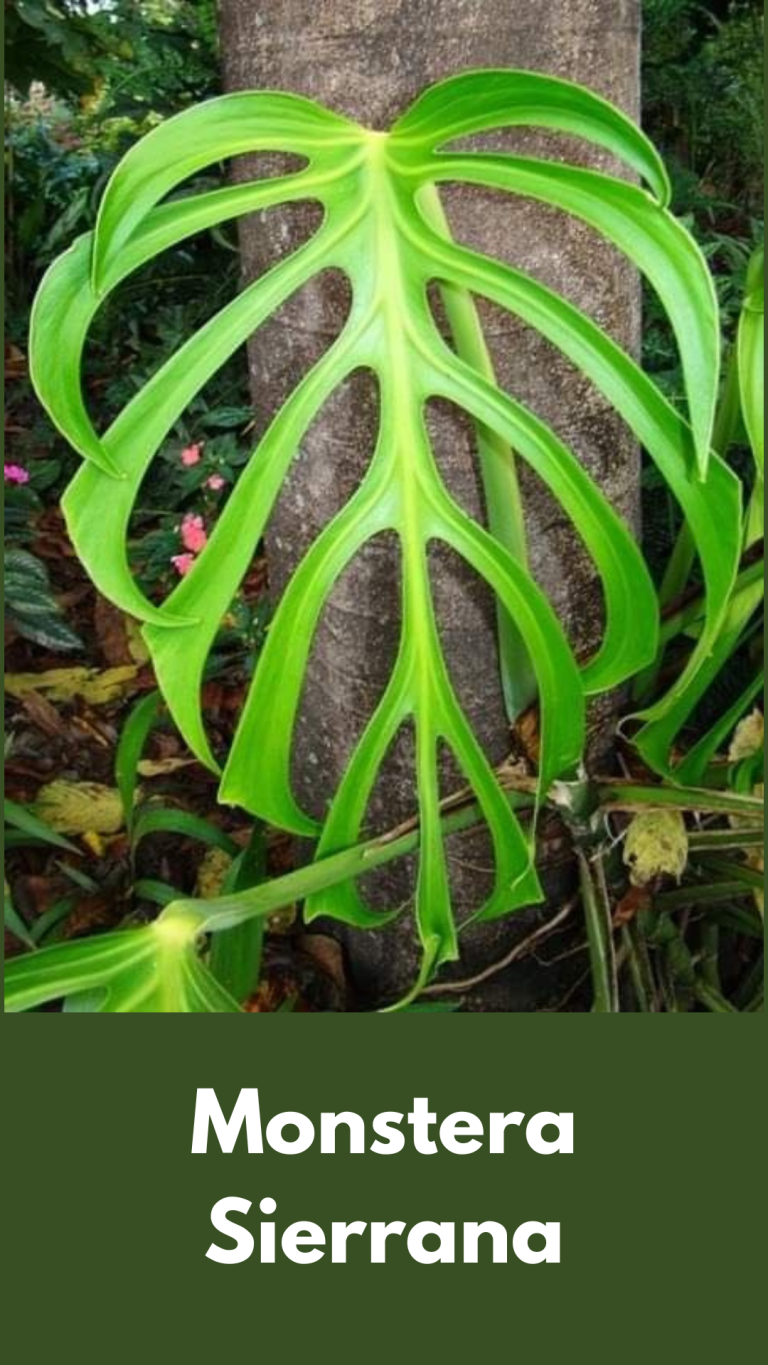Butterfly Flower
Butterfly Flower, also called Butterfly Weed or Butterfly Milkweed, is a beautiful ornamental flowering plant that is grown to beautify the garden and attract butterflies, bees, and hummingbirds. There is nothing more beautiful than this flower, and as soon as you see it, it won’t let you stop praising all the best features it has. The plant was selected as NC Wildlife Flower Of The Year in 1985.
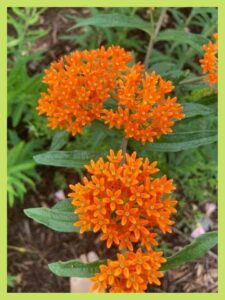
The plant is native to eastern North America, usually found in Wild. Having been awarded the title of Perennial Plant Of The Year, 2017 recently, it has grown in popularity among gardeners. As a perennial, You don’t have to worry about its regular planting. It will continue to bloom for years.

Butterfly flower not only beautify your garden, but also help to preserve insects. Its nectar is a food source for hummingbirds, butterflies, and bees. Monarch butterflies are highly attracted to this flower. They lay eggs on this flower and later caterpillars feed on its leaves and grow into beautiful Butterflies. Besides pollinators, this flower is home for many insects that prey on these pollinators, such as spiders. This flower itself has a small biodiversity. It is also known as Pollinator Magnet.
Being hardy, disease and pest resistant, People love to grow it. It will continue to grow and perform best in spite of your lack of time for its care and management.
The flower belongs to the Milkweed genus though its sap isn’t milky unlike other plants of this genus. It is one of the showiest among milkweeds, but doesn’t have a distinctive fragrance.
Milkweeds tend to grow invasively in most cases. Asclepias, on the other hand, is quite the opposite. It doesn’t spread through runners and grows in the spot where it is planted. Therefore, You don’t need to worry about space.
Earlier, These flowers were Common. But, At present, They aren’t as common as they used to be. You can generally find them near roadsides and forests or You can buy them from the local nurseries. However, Be cautious as the leaves of this flower are toxic, Keep your children and pets away from it.
Some general information about Butterfly Flower is given in the table below:-
| Plant Name | Butterfly Flower |
| other/Alternate Names | Butterfly Weed, Butterfly Milkweed, Indian Paintbrush, Wind Root |
| Scientific Name | Asclepias tuberosa |
| Plant Type | Perennial |
| Sunlight Requirement | Full Sun |
| Height | 30-60 cm |
| Width | 30-60 cm |
| Care | Low |
| Characteristic | Showy, Cut Flower |
| Tolerance | Drought, Deer, Salt |
Types/Varieties
| Hello Yellow | Bright Yellow Flowers |
| Gay Butterflies | Reddish Flowers |
| Western Gold Mix Golden | Orange Flower Suited To Alkaline Soil |
Botany
Under botany, We will learn about the Roots, Stem, Leaves and Flowers of the Butterfly Flower Plant.
Roots
The flower has a deep and large taproot that measures 1.5 to 3 feet tall and wide. The root is woody, tough and used for medicinal purposes. Roots are used for the propagation of plants.
Stem
The plant has upright stems that arise from roots. The stem doesn’t have milky sap, unlike other related plants. The stem contains small hairs. They grow fast. On the top of the stem and branches, Flowers bloom.
Leaves
The leaves are sessile meaning they don’t contain petiole and are directly connected to the stem. Even if they have petioles, they are small. The upper leaf lamina is dark green while the lower part is light green with small hairs. The leaves are long and arise alternately in the main stem.
Flowers
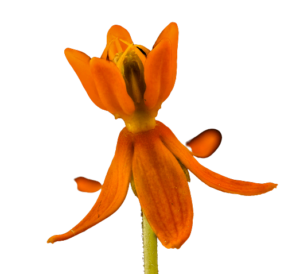
Flowering starts in late spring and continues throughout the summer (May-Sept). The bright orange flowers bloom in clusters (Umbel) on upright stems. The diameter of the Clusters (Umbel) is decent. The flower contains five erect hoods like nectaries with the petal parts bent downward.
Though the plant mainly produces orange flowers, some varieties produce yellow and red flowers. The vibrant flowers look spectacular with green leaves in the background. In winter, The plant dries and goes dormant and from spring, It comes back to life.
Growing Methods/Propagation
It is easy to grow plants. Growing from seeds is very easy however we can also propagate from root cuttings:-
Seeds
You can harvest the seeds during late summer or early fall. One mature pod can contain hundreds of Seeds.The spindle-shaped pods split when ripening releasing numerous seeds naturally and numerous flower plants will grow. To prevent this, You should harvest the pods as soon as they mature i.e. Before the pods split open. The seeds contain Tufts of long and silky hairs which is a kind of adaptation for natural dispersal and germination of seeds. The plant grown from seeds takes (2-3) years to produce beautiful vibrant flowers. Propagation from seeds should be done during the fall season.
Once established, This plant has deep tap roots which make it difficult to transplant from one place to another. So, It is better to leave the plant undisturbed and it will grow at its best.
Root Cuttings
It is also a successful method for the propagation of butterfly flower. During fall after the completion of flowering, You can dig up the root and cut it into small sections of 2 inches. Plant these sections separately in a vertical position which will grow into new plants. Plants grow from a root cutting flowers early.
Care
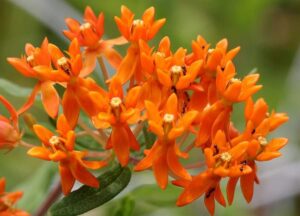
Light
The plant likes open places with direct sunlight. It is a long day plant meaning, They require sunlight more than 12 hrs for flowering. South-facing slopes receiving enough sunlight is ideal. Butterfly Flower should be planted in a spot that has no shade. The USDA hardiness zone for this flower is 3 to 9.
Soil
The flower grows in almost all types of soils. However, Well-drained sandy loam soil with neutral pH is best. It can also withstand acidic pH. If you want to grow this flower in a pot, then – You should make a potting mix. For the best potting mix, you can add Soil, Cocopeat, Sand, and Compost. In this mix, The plant performs the best. It loves dry soil. The soil shouldn’t be soggy.
Water
This flower requires low water. It loves dry conditions. Frequent watering should be avoided. You can give about 1 inch of water per week.
Fertilizer
Butterfly Flower is one of those plants which don’t require fertilizer at all. It directly takes up the required nutrients from the soil. However, You can add compost during planting and Phosphorus during flowering.
Pinching
Pinching is the process of removal of growing tips which stops apical dominance and large number of side branches develops making any plant bushy. Pinching in Butterfly Flower also helps to produce more side branches and flowers which makes it even more beautiful.
Disease And Pests
The plant is disease and pest free, However – You may sometimes see aphids that can be easily controlled by following this Method.
Conclusion
Butterfly Flower is an amazing plant that helps to preserve different pollinators along with spreading immense beauty. At present, the number of pollinators is reducing at a rapid rate. Due to this, Tons of food isn’t produced (Lack Of Pollination). In such a situation, this flower can be a saviour and we must be the saviour for this flower plant.
| Hello Yellow | Bright Yellow Flowers |
| Gay Butterflies | Reddish Flowers |
| Western Gold Mix Golden | Orange Flower Suited To Alkaline Soil |
Botany
Under botany, We will learn about the Roots, Stem, Leaves and Flowers of the Butterfly Flower Plant.
Roots
The flower has a deep and large taproot that measures 1.5 to 3 feet tall and wide. The root is woody, tough and used for medicinal purposes. Roots are used for the propagation of plants.
Stem
The plant has upright stems that arise from roots. The stem doesn’t have milky sap, unlike other related plants. The stem contains small hairs. They grow fast. On the top of the stem and branches, Flowers bloom.
Leaves
The leaves are sessile meaning they don’t contain petiole and are directly connected to the stem. Even if they have petioles, they are small. The upper leaf lamina is dark green while the lower part is light green with small hairs. The leaves are long and arise alternately in the main stem.
Flowers

Flowering starts in late spring and continues throughout the summer (May-Sept). The bright orange flowers bloom in clusters (Umbel) on upright stems. The diameter of the Clusters (Umbel) is decent. The flower contains five erect hoods like nectaries with the petal parts bent downward.
Though the plant mainly produces orange flowers, some varieties produce yellow and red flowers. The vibrant flowers look spectacular with green leaves in the background. In winter, The plant dries and goes dormant and from spring, It comes back to life.
Growing Methods/Propagation
It is easy to grow plants. Growing from seeds is very easy however we can also propagate from root cuttings:-
Seeds
You can harvest the seeds during late summer or early fall. One mature pod can contain hundreds of Seeds.The spindle-shaped pods split when ripening releasing numerous seeds naturally and numerous flower plants will grow. To prevent this, You should harvest the pods as soon as they mature i.e. Before the pods split open. The seeds contain Tufts of long and silky hairs which is a kind of adaptation for natural dispersal and germination of seeds. The plant grown from seeds takes (2-3) years to produce beautiful vibrant flowers. Propagation from seeds should be done during the fall season.
Once established, This plant has deep tap roots which make it difficult to transplant from one place to another. So, It is better to leave the plant undisturbed and it will grow at its best.
Root Cuttings
It is also a successful method for the propagation of butterfly flower. During fall after the completion of flowering, You can dig up the root and cut it into small sections of 2 inches. Plant these sections separately in a vertical position which will grow into new plants. Plants grow from a root cutting flowers early.
Care

Light
The plant likes open places with direct sunlight. It is a long day plant meaning, They require sunlight more than 12 hrs for flowering. South-facing slopes receiving enough sunlight is ideal. Butterfly Flower should be planted in a spot that has no shade. The USDA hardiness zone for this flower is 3 to 9.
Soil
The flower grows in almost all types of soils. However, Well-drained sandy loam soil with neutral pH is best. It can also withstand acidic pH. If you want to grow this flower in a pot, then – You should make a potting mix. For the best potting mix, you can add Soil, Cocopeat, Sand, and Compost. In this mix, The plant performs the best. It loves dry soil. The soil shouldn’t be soggy.
Water
This flower requires low water. It loves dry conditions. Frequent watering should be avoided. You can give about 1 inch of water per week.
Fertilizer
Butterfly Flower is one of those plants which don’t require fertilizer at all. It directly takes up the required nutrients from the soil. However, You can add compost during planting and Phosphorus during flowering.
Pinching
Pinching is the process of removal of growing tips which stops apical dominance and large number of side branches develops making any plant bushy. Pinching in Butterfly Flower also helps to produce more side branches and flowers which makes it even more beautiful.
Disease And Pests
The plant is disease and pest free, However – You may sometimes see aphids that can be easily controlled by following this Method.
Conclusion
Butterfly Flower is an amazing plant that helps to preserve different pollinators along with spreading immense beauty. At present, the number of pollinators is reducing at a rapid rate. Due to this, Tons of food isn’t produced (Lack Of Pollination). In such a situation, this flower can be a saviour and we must be the saviour for this flower plant.

